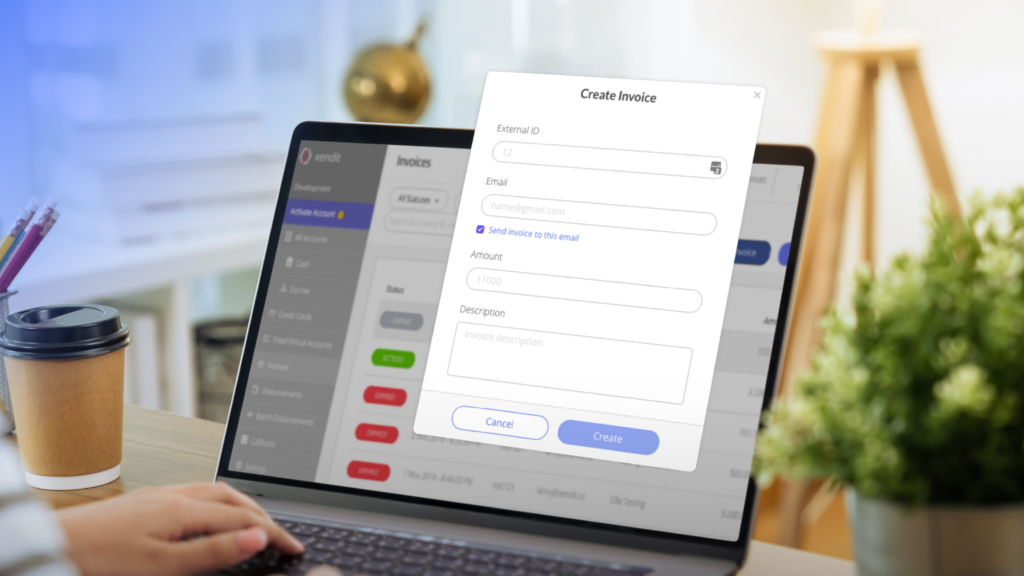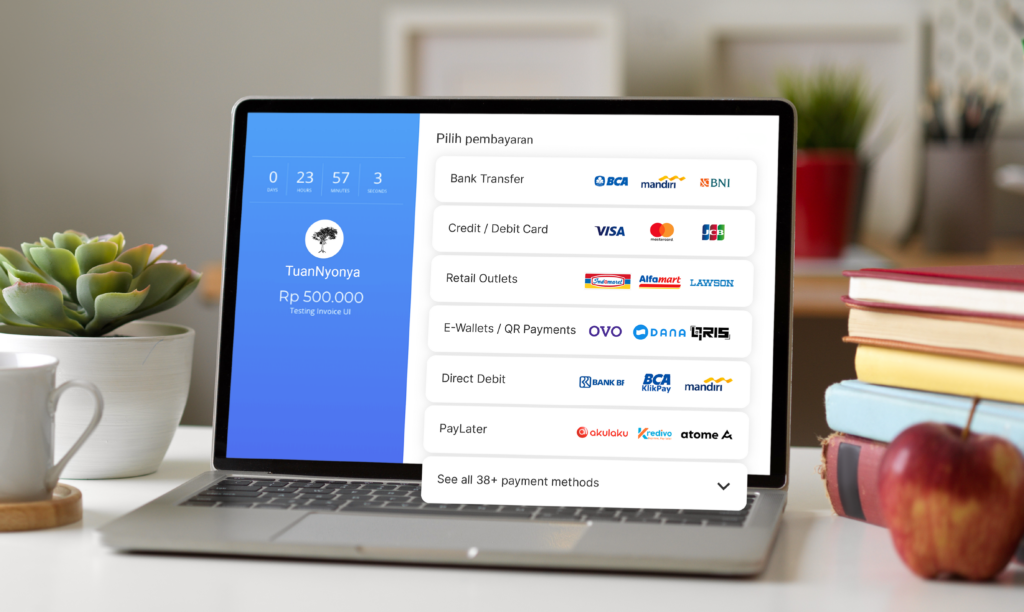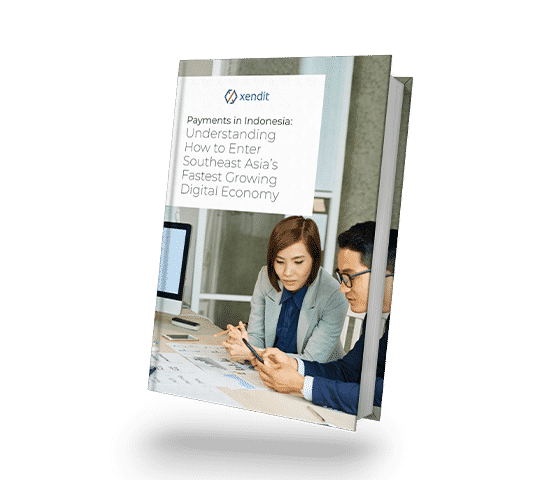When you run a business, it’s crucial to maintain thorough records of payments and transactions, and invoices play in important role for that. But what exactly is an invoice, and how do you go about creating an invoice? Read on as we delve into a comprehensive explanation in this article.
What is an invoice?
An invoice is a formal document, a bill issued from a business to a customer, requesting payment for goods or services that have been purchased or used. Invoices are usually issued by sellers or service providers to customers after a transaction has been completed. Its purpose is to provide a clear record of what the customer has purchased or used, as well as the amount to be paid.
As such, an invoice usually contains details of the transaction, such as the quantity of goods or services purchased, price per item, total cost, payment due date, and other important information like the names and addresses of the seller and buyer.
What are the benefits of issuing invoices?
Broadly speaking, issuing invoices helps your business in maintaining accurate financial records, facilitating bookkeeping, and streamlining reconciliation. Here are some additional benefits:
- Serving as an official request for payment for goods or services provided.
- Serving as an authoritative reference or proof of transaction in the event of inconsistencies, such as discrepancies in price or quantity of goods.
- Enabling business performance tracking, since they record purchase history over time.
- Invoices are crucial documents to ensure accurate financial bookkeeping
Types of invoices
There are several types of invoices that cater to different business needs, spanning small businesses to larger corporations:
1. Sales invoice
This is the most common type of invoice issued when businesses sell goods or services to customers. Sales invoices list details of the goods or services purchased, the price per item, the quantity, the total cost, and other payment details.
2. Proforma invoice
A proforma invoice provides an estimated or preliminary cost to the customer before the actual transaction occurs. It offers a snapshot of the expected amount due before a purchase or shipment is finalized. A proforma invoice isn’t a legal payment request, but a tool to deliver a cost estimate to the customer.
3. Consular invoice
Consular invoices are billing documents generated during international transactions. This invoice type is widely used in overseas dealings such as exports or imports.
4. Service invoice
Service invoices are employed by businesses that deliver services instead of physical products. This type of invoice itemizes details about the services rendered, the cost per hour or package, the number of hours or sessions, the total amount, and payment instructions.
5. Recurring invoice
Recurring invoices are used when a business has a recurring or subscription agreement with a customer. It covers services rendered on a regular schedule, such as monthly or annual subscriptions, and contains details about recurring charges, due dates, and payment instructions.
6. Tax invoice
A tax invoice is issued by a business registered as a tax-liable entity. It outlines the details of the transaction and also incorporates information on taxes levied, such as VAT (Value Added Tax). This invoice is essential for tax reporting and legal compliance.
What should be included in the invoice?
As a business owner, it is important that you are able to issue professional and accurate invoices to your customers. Here are some elements you should incorporate when creating an invoice:
1. Business information
The first step in creating an invoice is to include your company information. This includes the company name, full address, phone number, email address, and tax identification number (if required). Make sure this information is clearly listed and looks professional.
2. Customer information
After your business information has been added, the next step is to list the customer information. This includes the customer’s name, full address, phone number, and email address. Make sure this information is accurate and corresponds to your customer records.
3. Invoice number and date
Each invoice should have a unique invoice number and a completion date. The invoice number helps in tracking and referencing, while the completion date indicates when the invoice was issued. Make sure to use a consistent sequence of invoice numbers to maintain clarity and order.
4. Transaction details
Provide a clear and detailed breakdown of the transaction. This includes a description of the goods or services provided, quantity, price per unit, and total cost. If there are any discounts or surcharges, be sure to list them in detail.
5. Payment due date
Specify a payment due date that matches your company policy. This tells your customers when they should make payments. Also, remember to include the payment methods that can be accepted, such as bank transfers, e-wallets, and so on.
6. Company logo
Add your company logo to the invoice to give it a professional look and consistent branding. Make sure the logo has a good resolution and is clearly visible in the document.
How to make an invoice for your business
You can create invoices either manually with spreadsheets or with the help of handy online tools, depending on your needs and preferences. We will explain in more detail below.
Making invoices manually using spreadsheets
You can create invoices manually through Microsoft Excel, Google Sheets, or other similar applications.
If you create invoices manually, make sure that the data you input is accurate. Always double-check your entries to make sure they’re correct. Here’s how to do it:
1. Begin by opening Microsoft Excel or Google Sheets
Choose which application you prefer for creating invoices, open a new file, and select one of the invoice templates available within the program. This template will serve as your guide to creating invoices manually.
2. Modify the selected template
Once you’ve chosen a template, start modifying the information within it. Key elements to change include essential invoice details as previously discussed.
- Ensure that details such as your company name, address, and total purchase amounts are accurate. Once you’ve filled in all identity information, you can move on to the table section of the invoice.
- The table should include a description column, which outlines the goods or services being invoiced, and an amount column, indicating the monetary amount to be paid.
- Once you’ve completed the table, remember to format the currency. Bold the text in the amount section, then click “Format Cells”, select “Currency”, and click “OK” to save your changes.
Read: What is a Payment Gateway?
Creating online invoices easily using online tools
Creating invoices manually using spreadsheets can be quite a chore, taking up significant time and effort. For a more efficient approach, consider streamlining the invoice creation process with online tools.
Such tools can simplify your work process and minimize errors, which is especially helpful if you’re handling a large volume of invoices on a daily basis.
One of the simplest ways to do this is through a payment gateway service. Such a service often comes with a payment link feature that can make the process of creating invoices much simpler.
With this method, you can create online invoices easily—and sometimes even automatically—and send them to customers through a payment link. This link can be sent via various messaging platforms, such as WhatsApp, SMS, or email.
Upon receiving the payment link, customers can continue the checkout process and select their preferred payment method–choosing from options like bank transfer, credit card, e-wallet, QRIS, and so forth. All of this can be done in mere minutes!
Not only that, you’ll receive automatic notifications upon receipt of funds and have access to structured, detailed reports via a single, consolidated dashboard. This tool not only simplifies the invoicing process but also makes managing your business finances a whole lot easier!
Read: Payment Link: A Convenient One-Click Payment Solution
How to create online invoices using Xendit?
Using Xendit for invoicing is straightforward–you can do it easily even without an IT team on board. There are two ways you can generate invoices via payment links:
- On-demand – through Xendit’s dashboard
This option is great for companies that don’t have extensive IT capabilities, because you can generate your invoice (payment link) in a few simple clicks. See how easily it can be done in this tutorial video:
- Automatically – through API integration
This option boosts your operational efficiency even more by automating the entire process. With API integration, the invoice/payment link will be created and sent to the customer automatically in seconds, with no human intervention needed. You can understand more about this use case by reading about how Bakmi GM used this solution to help double their delivery processing speed.
Managing online invoices in Xendit Dashboard
Every invoice you create will be visible on your Xendit Dashboard, complete with its status—whether it’s been paid, is still pending payment, or has expired.
Furthermore, you can export all invoices displayed on the dashboard into a CSV file, which can be conveniently downloaded to your email. You can also filter by date selection or invoice status before exporting. As a result, your finance team will find it much simpler to reconcile your financial data.
Create easy online invoices with Xendit now to boost your operational efficiency
If you’re interested to find out more about how you can streamline your invoicing processes with payment links, you can read our comprehensive article on payment links.
Seeing how easy it is to create invoices through Xendit, you might want to plunge right in to give it a try! You can sign up for a Xendit account in 5 minutes or less and try our solutions–free of charge!











